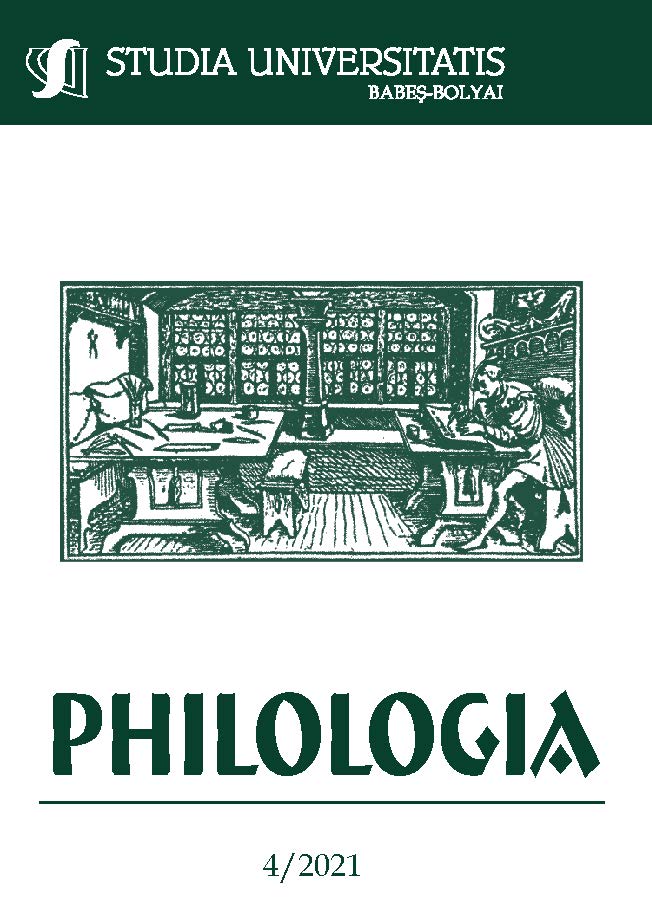La Exposición de Arte Visual Novelada Por Enrique Vila-Matas
The Art Exhibition as a Novel by Enrique Vila-Matas
Author(s): Sorina Dora SimionSubject(s): Language and Literature Studies, Studies of Literature, Other Language Literature
Published by: Studia Universitatis Babes-Bolyai
Keywords: Enrique Vila-Matas; Cabinet d´amateur; an oblique novel; general-rhetoric analysis; the exhibition as a novel; literary biography;
Summary/Abstract: The Art Exhibition as a Novel by Enrique Vila-Matas. I set out to analyze, using the New Rhetoric methods, the book entitled Cabinet d`amateur, an oblique novel published by the contemporary Spanish writer Enrique Vila-Matas in 2019, at the same time as the opening of an exhibition whose curator he was in the Whitechapel Gallery in east London. Choosing the six visual art works, different in nature, concept, and aesthetics, from the collection of the “laCaixa” Foundation represents an occasion for the writer, led by curiosity, to investigate the works of art and to make a personal, purely subjective selection, on which he reflects in his heterogenic work as a genre: the catalogue of an exhibition, memoirs, essay (auto)biography, the skeleton of an oblique novel of the future. The selected works of art (I.G., the mysterious portrait of a woman by the painter Gerhard Richter; an installation, Petite, by Dominique Gonzalez-Foerster; a videoclip, La lección respiratoria, belonging to the artist Dora García; Milonga, Carlos Pazos’s self-portrait; a detailed scenery, Une poignée de terre, by Miquel Barceló and a photography of Theban by Andreas Gursky, in an overlap of an aerial view with one detailed figure) are included in the text as a starting point for meditations and reflections upon the nature of the art in general, because the metaphor of the literary work, the novel of the future, is precisely the building of Rem Koolhass, the library in Seattle, in which different styles overlap and whose shapes are imprecise, undetermined, incongruent, disharmonic and lacking in logic. Literature, visual arts, music, and architecture are associated, and different figures are used to point out the aesthetic of the negative and the idea that form and content are interchangeable.
Journal: Studia Universitatis Babes-Bolyai - Philologia
- Issue Year: 66/2021
- Issue No: 4
- Page Range: 223-238
- Page Count: 16
- Language: Spanish

